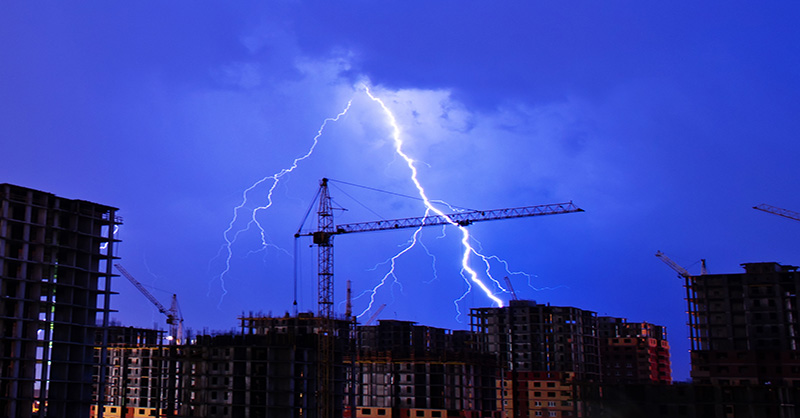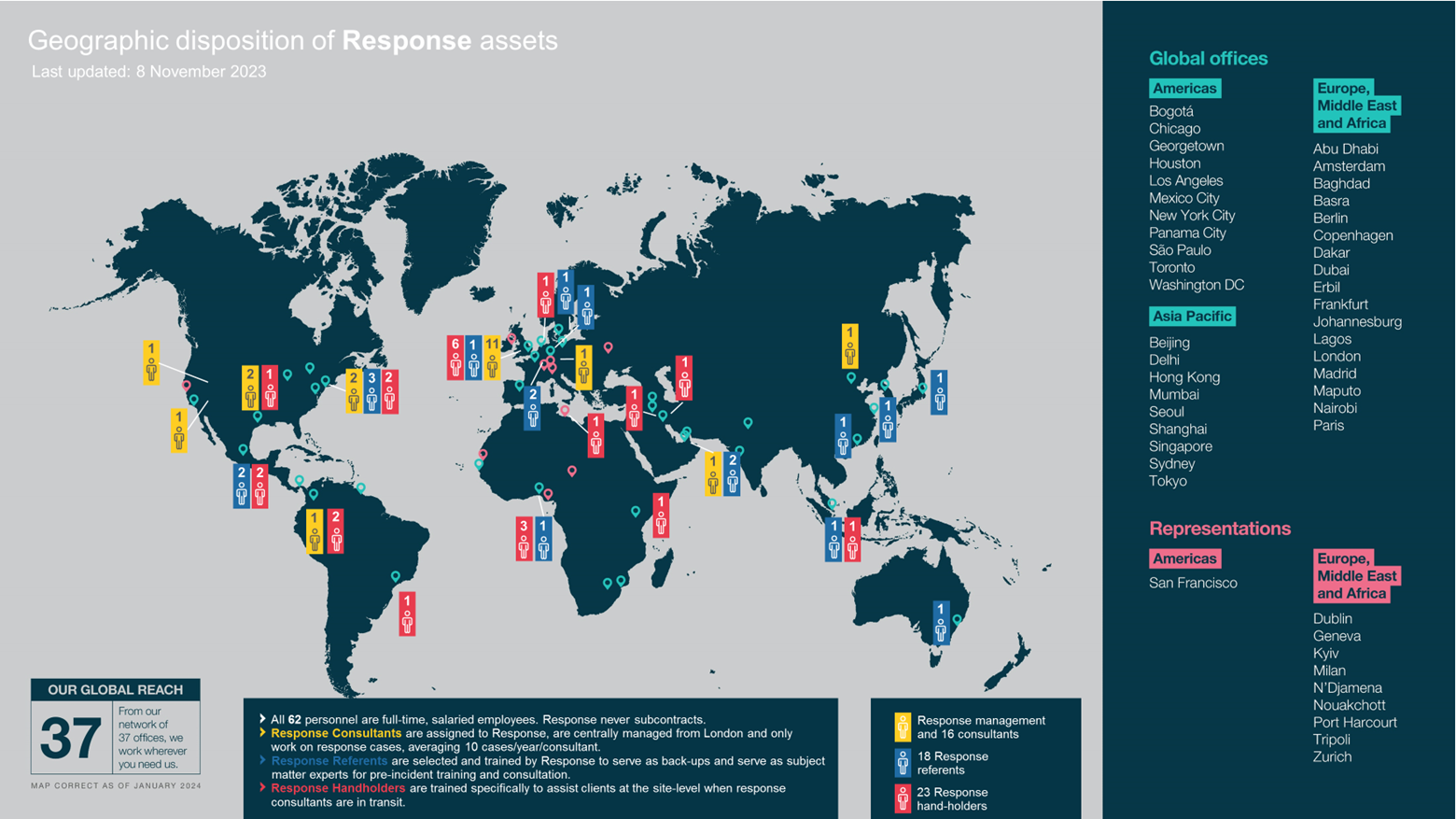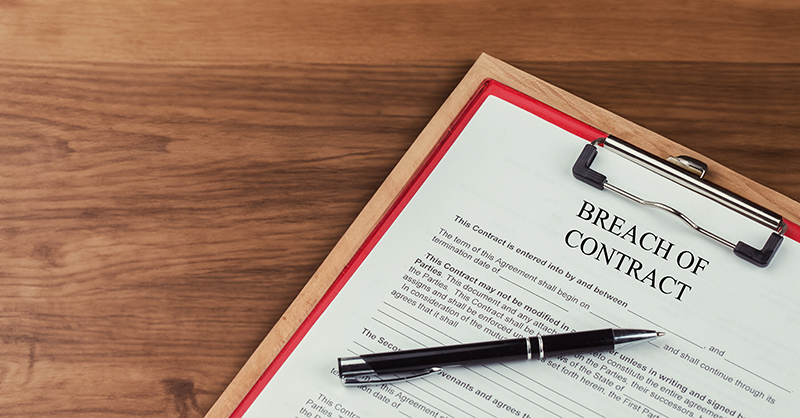Severe Weather Planning for Construction Sites

Construction sites are ever-changing environments where workers must adapt to a variety of conditions, often working long hours in all types of weather. Severe weather presents significant risks to both safety and project timelines. Regardless of location (i.e., country, region or state), severe weather can affect any construction site. When managing a construction site, you should consider the various weather-related hazards and explore strategies to mitigate them.
Understanding Different Types of Severe Weather Risks
Each of the following conditions directly impacts the well being of workers and therefore production. They compromise safety, extend project timelines and strain financial resources. Here’s how:
- Lightning and Thunderstorms: Lightning is a substantial hazard for construction crews. Increased risk factors include working in open spaces and proximity to tall metal structures. Lightning strikes can cause injuries, fires and even fatalities.
- Heavy Rains: Increased risk of slips, falls and collisions due to reduced visibility along with flooding of low-lying projects.
- Heavy Snow: Impaired mobility, increased structural loads and less visibility.
- High Winds: High winds can cause materials, tools and equipment to become unstable. This can cause cranes to collapse, scaffolding to topple, and other structures on the project to be damaged.
- Extreme Heat: Both human beings and machinery are adversely affected by heat. Heat-related illnesses include heatstroke, dehydration and fatigue.
- Extreme Cold: Heavy snow and ice accumulations add risk to platform work and material handling. Frozen windshields and snow also reduce visibility and make operating equipment more dangerous. Frostbite also becomes a concern in extremely low temperatures.
How to Prepare Your Construction Site for Severe Weather
Given the significant risks posed by severe weather to construction sites, being prepared is crucial. By taking proactive steps, you can help minimize potential damage and ensure the safety of your workers. Below are some key considerations:
- Create a detailed plan that addresses every type of severe weather damage listed above.
- Consider using automated alerting systems for dangerous weather, including lightning, to help protect construction workers and equipment. OSHA established the following steps to be taken for lightning safety:
- Avoid tall and isolated objects
- Avoid cables, fencing and plumbing
- Seek shelter in the event of a lightning storm
- Understand the jobsite's topography to identify potential localized flooding areas.
- Create a high wind contingency plan; if your job site is in a wind-prone area, survey it for potential exposures to high winds and flooding. Suspend crane and scaffolding activities and secure materials during a wind event. Relocate or protect equipment, especially if the job involves work near bodies of water.
- Ensure proper hydration and rest during extreme heat. Hydration is necessary to battle extreme heat. Both machinery and workers need to rest and cool down more during extreme heat periods. Rotating indoor and outdoor tasks among the crew is also recommended when possible.
- Prepare for extreme cold conditions. Have a predetermined plan to remove snow and ice well in advance of the storm. Provide additional PPE for extreme cold and breaks in heated spaces. If possible, have some inside work available for extremely cold days.
- Secure materials and equipment. Develop a checklist for securing vulnerable items during severe weather events. Identify areas in need of protection, such as field office files, tools, heavy equipment, generators and construction materials.
- Have emergency supplies on hand. Ensure tie-downs, banding material, tarps, heaters, fans and other necessary protection supplies are readily available.
- Continuously monitor weather updates throughout the day once a storm is identified. Have a communication protocol in place to notify all on-site staff of impending evacuations or shelter-in-place warnings.
- Anticipate delays due to severe weather. Plan weather days into the schedule and communicate realistic expectations with stakeholders accordingly.
Remember, safeguarding workers can not only help preserve lives but it can also help ensure smoother project execution. Prioritize safety and weather resilience on construction sites to minimize risks and enhance the productivity and quality of your project.














